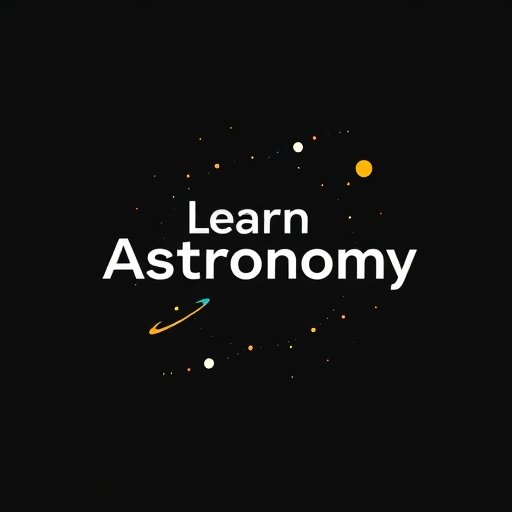Chapter 1 — History, Coordinates & Foundations
1.1 The Long History of Astronomy
Astronomy is humanity’s oldest science. Ancient peoples tracked cycles of Sun, Moon, and stars to regulate agriculture and ritual. Over time, those records evolved into predictive mathematical astronomy.
Babylonians discovered the Saros eclipse cycle, Greeks applied geometry to stellar positions, and Islamic scholars refined observational accuracy. With Galileo’s telescope, the cosmos revealed new structures. Newton’s synthesis in 1687 unified all motion with a single law of gravitation.
Stonehenge (~1°), Hipparchus (~20′), Tycho Brahe (~1′), telescopes (~1″), Gaia (~10 μas). Each leap in precision birthed new physical theory.
1.2 The Celestial Sphere
To describe star positions, we use a model of a sphere surrounding Earth. Two common coordinate systems:
- Horizontal (Alt–Az): altitude \(h\), azimuth \(A\).
- Equatorial (RA–Dec): declination \(\delta\), right ascension \(\alpha\).
\[ \sin h = \sin\phi\sin\delta + \cos\phi\cos\delta\cos H, \] with \(H=LST-\alpha\).
Consider the spherical triangle formed by celestial pole, object, and zenith. Apply the spherical law of cosines: \[ \cos z = \sin\phi\sin\delta + \cos\phi\cos\delta\cos H, \] where \(z=90^\circ-h\). Substituting gives the altitude formula.
1.3 Newtonian Laws
Newton’s laws of motion + universal gravitation unify sky and Earth. Example: derive Kepler’s 3rd law.
\[ P^2=\frac{4\pi^2}{GM}a^3. \]
From energy: \(\epsilon=v^2/2-\mu/r\). For bound orbit, \(\epsilon=-\mu/2a\). Angular momentum \(h=\sqrt{\mu a(1-e^2)}\). Together → ellipse parameters, periapsis/apapsis speeds, and Kepler’s laws.
1.4 Units, Parallax & Magnitudes
Distance is measured via parallax:
Brightness is measured logarithmically:
Chapter 2 — Earth’s Rotation & Timekeeping
2.1 Sidereal vs Solar Day
Earth spins relative to stars in 23h 56m 4s. Because Earth also orbits, the Sun returns to meridian after ~24h. The difference accumulates into leap years and calendars.
\[ T_{sid}=\frac{T_\odot}{1+1/365.2422}. \]
2.2 Tidal Braking & Nutation
Lunar tides slow Earth’s rotation (~2 ms/century). Nutation adds short-term wobbles (9.2″ amplitude, 18.6 yr).
Torque from tidal bulge: \(\tau\sim \frac{3k_2GM_M^2R_E^5}{a^6}\). Rate of change in rotation: \(\dot T=T\tau/L\), with \(L=C\omega\).
2.3 Precession
Earth’s axis precesses ~25,772 yr. Caused by torque on equatorial bulge.
2.4 Aberration of Light
Aberration: apparent displacement of stars due to Earth’s velocity.
Chapter 3 — The Nature of Light
3.1 Waves & Photons
Maxwell’s equations predict EM waves. Quantum mechanics adds the photon: \[ E=h\nu=\frac{hc}{\lambda}. \] Duality explains diffraction (wave) and photoelectric effect (particle).
3.2 Blackbody Radiation
Stars approximate blackbodies. Their spectrum follows Planck’s law.
Energy density of photons in cavity: \(\rho(\nu)d\nu=\frac{8\pi\nu^2}{c^3}\frac{h\nu}{e^{h\nu/kT}-1}d\nu.\) Multiplying by \(c/4\) gives radiative flux per frequency, yielding Planck’s law.
3.3 Spectral Lines
Spectral lines arise from quantum transitions. Line width sources:
- Natural (uncertainty principle)
- Doppler (thermal motions)
- Pressure (collisions)
Chapter 4 — Orbital Mechanics & Spaceflight
Skeleton content (to be expanded later).
Chapter 5 — Photometry, Magnitudes & Signal-to-Noise
Skeleton content (to be expanded later).
